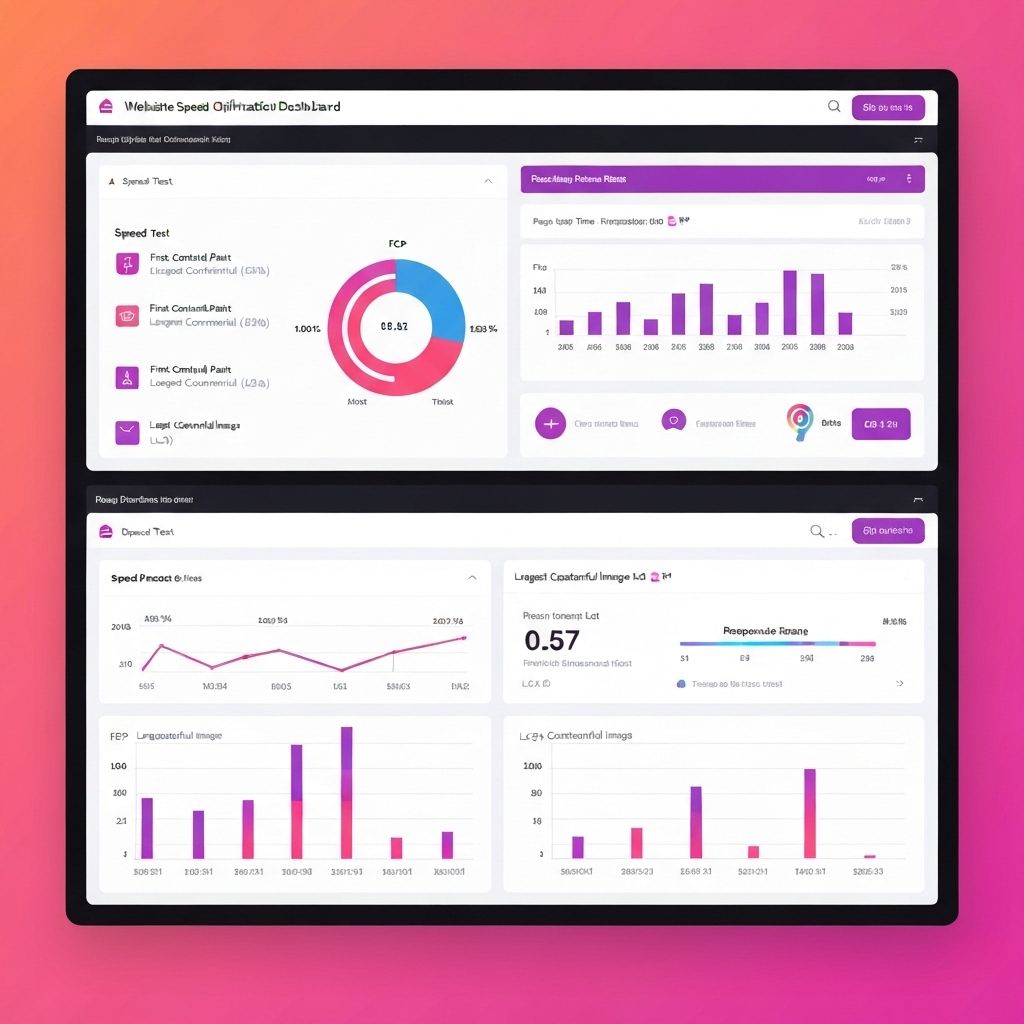Website Speed Optimization: A Complete Guide for Better Performance
Learn how to dramatically improve your website's loading speed with proven optimization techniques that boost user experience and search rankings.

Website Speed Optimization: A Complete Guide for Better Performance
Website speed is no longer just a nice-to-have feature—it's a critical factor that affects user experience, search engine rankings, and ultimately, your business success. With users expecting pages to load in under 3 seconds and Google using page speed as a ranking factor, optimising your website's performance has become essential for online success.
Why Website Speed Matters
User Experience Impact:
- Bounce Rate: 40% of users abandon a website that takes more than 3 seconds to load
- Conversion Rates: A 1-second delay can reduce conversions by up to 7%
- User Satisfaction: Faster sites create better user experiences and higher engagement
- Mobile Users: Mobile users are even less patient with slow-loading sites
Business Impact:
- Search Rankings: Google uses page speed as a ranking factor
- Revenue: Amazon found that every 100ms of latency cost them 1% in sales
- Brand Perception: Slow sites can damage your brand's credibility
- Competitive Advantage: Fast sites outperform slower competitors
Understanding Website Performance Metrics
Core Web Vitals:
Google's Core Web Vitals are essential metrics for measuring user experience:
- Largest Contentful Paint (LCP): Measures loading performance (should be under 2.5 seconds)
- First Input Delay (FID): Measures interactivity (should be under 100 milliseconds)
- Cumulative Layout Shift (CLS): Measures visual stability (should be under 0.1)
Additional Important Metrics:
- First Contentful Paint (FCP): When the first content appears
- Time to Interactive (TTI): When the page becomes fully interactive
- Total Blocking Time (TBT): Time when the main thread is blocked
- Speed Index: How quickly content is visually displayed
Image Optimisation Strategies
Images often account for the majority of a webpage's file size, making image optimisation crucial for performance.
Image Format Selection:
- WebP: Modern format with superior compression (20-35% smaller than JPEG)
- AVIF: Next-generation format with even better compression
- JPEG: Best for photographs with many colours
- PNG: Ideal for images with transparency or few colours
- SVG: Perfect for logos and simple graphics
Optimisation Techniques:
- Compression: Reduce file size without significant quality loss
- Responsive Images: Serve different sizes for different devices
- Lazy Loading: Load images only when they're about to be viewed
- Critical Images: Prioritise above-the-fold images
- Image CDN: Use services like Cloudinary or ImageKit for automatic optimisation
Ready to supercharge your website's performance? Contact Trent Pixel to learn how we can optimise your site for lightning-fast loading speeds.
Ready to Transform Your Website?
Let's discuss how we can help you implement these strategies and create a website that drives real business results.